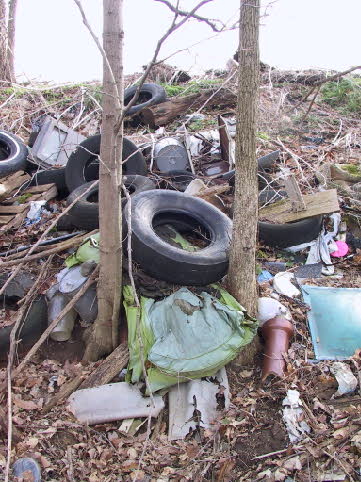Damages Limited to Policy Limits? Not Quite.
By Don Willenburg, Oakland and Diego Wu Min, Oakland on January 8, 2019
 When a defendant dies before suit is filed, a California plaintiff can sue by naming the estate as defendant but serving the decedent’s insurer. The plaintiff cannot recover damages from the insurer beyond the policy limits. (Cal. Prob. Code, §§ 550-555.)
When a defendant dies before suit is filed, a California plaintiff can sue by naming the estate as defendant but serving the decedent’s insurer. The plaintiff cannot recover damages from the insurer beyond the policy limits. (Cal. Prob. Code, §§ 550-555.)
In a recent case brought under these statutes, the insurer ended up paying more than policy limits. Meleski v. Estate of Albert Hotlen. How did this happen?
Plaintiff made an offer of judgment (like rule 68 offers in Federal rules-based jurisdictions) for one dollar below policy limits. California’s section 998 (much like rule 68 offers in Federal rules-based jurisdictions), allows a party that makes an offer the other side does not accept to recover costs, including expert fees, if the party that does not accept the offer does not achieve a more favorable result at trial. (Cal. Code Civ. Proc., § 998.) The insurer did not accept, and the jury returned a verdict above policy limits. In Meleski, costs amounted to two thirds of the policy limit. Plaintiff accordingly sought payment of costs under section 998.
The insurer argued that the offer of judgment statute applied only to parties and that the insurer was not a named party. The court of appeal rejected this argument, holding that the insurer was, though not named, nevertheless a de facto. The court reasoned that the insurer had “complete control of the litigation of this matter, it also was the only entity opposing Plaintiff that risked losing money in the litigation.” The court concluded by stating that “it is a legal fiction that the estate is the party. In actuality, [the insurance company] is the party litigating the case, inasmuch as it alone is at risk of loss and it alone controls the litigation.” Although a personal representative of the estate can be joined to the litigation, one was not in this case.
The court then ruled that the statutory limitation of damages to policy limits did not limit an award under section 998. The Probate Code limit applies to damages, but a section 998 award is of costs incurred for litigation after denial of the offer, not damages.
This decision gives 998 offers their full weight in circumstances where insurers might have thought the policy limit is the worst case scenario. As the court of appeal stated, recoveries under 998 are not damages, but rather are costs and therefore recoverable in addition to and despite the statutory limitation.

 In its precedent breaking decision in
In its precedent breaking decision in